CMIP6: Not-so-sudden stratospheric cooling
Real Climate
MAY 21, 2023
As predicted in 1967 by Manabe and Wetherald , the stratosphere has been cooling. 2012) described the issues as ‘mysterious’, but efforts to better correct the record for non-climatic effects soon bore fruit, and the ‘mystery’ became history ( Maycock et al., Thompson et al. of these products (Zou et al.,


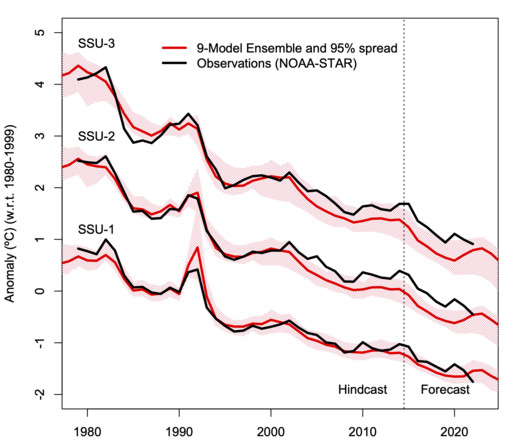
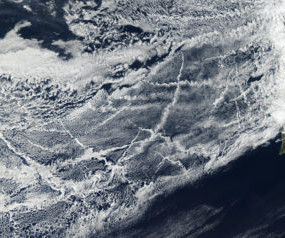
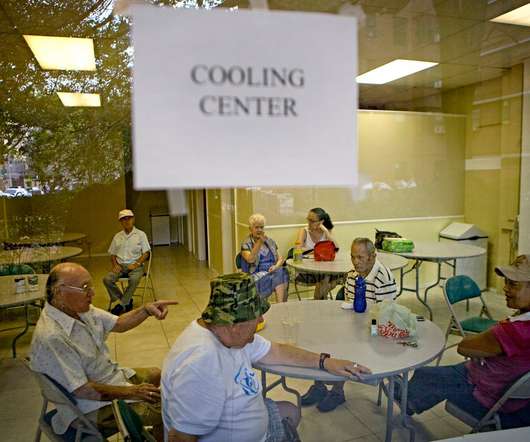
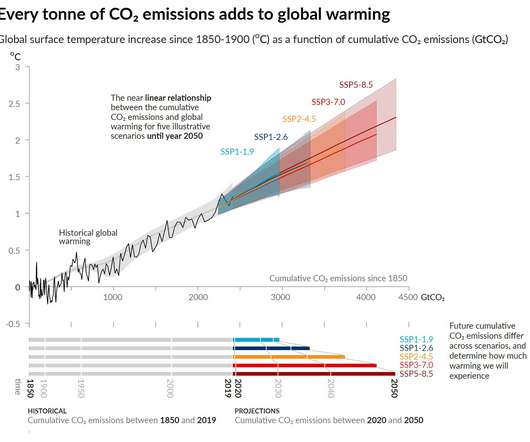
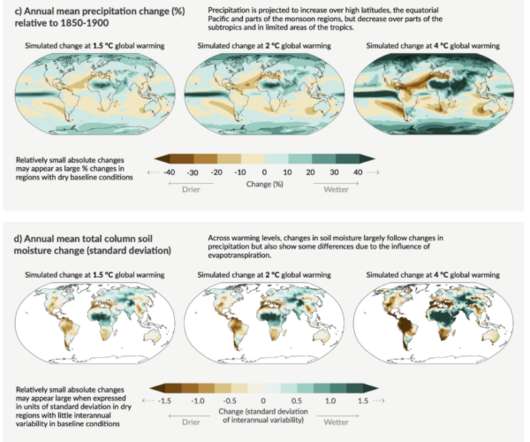







Let's personalize your content